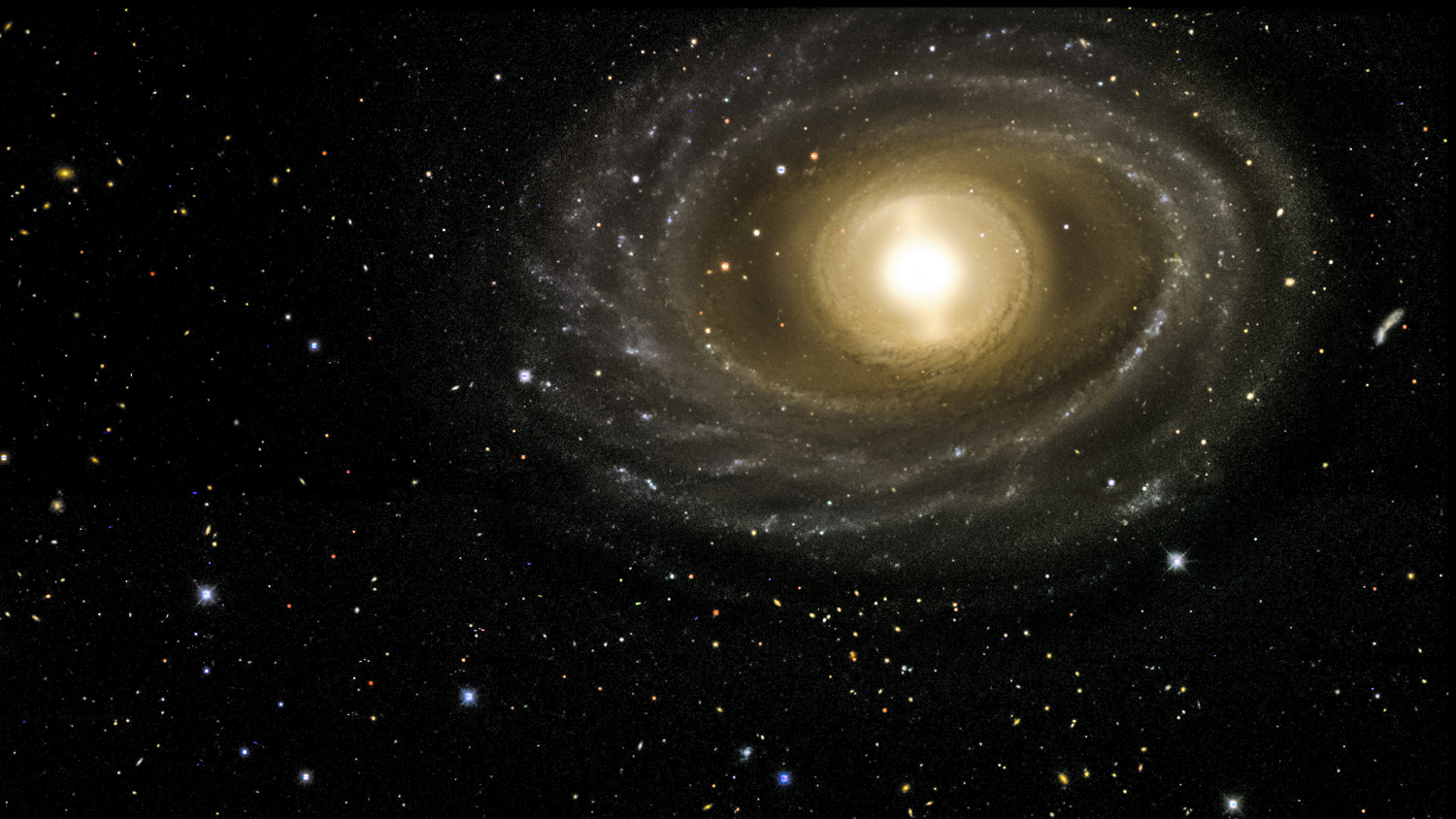Cosmologists provide new measurement of cosmic controversy
From The Archaeology News Network, Nov. 12, 2018: Using Dark Energy Survey data, researchers from the University of Portsmouth have come up with a new measurement of one of the most debated topics in cosmology.






